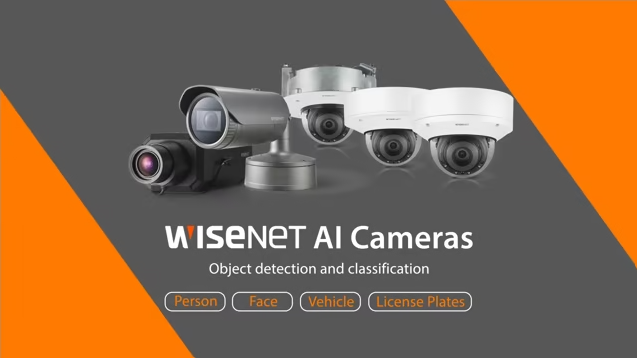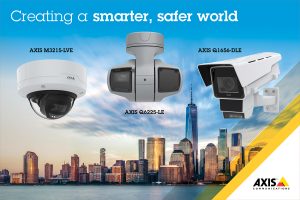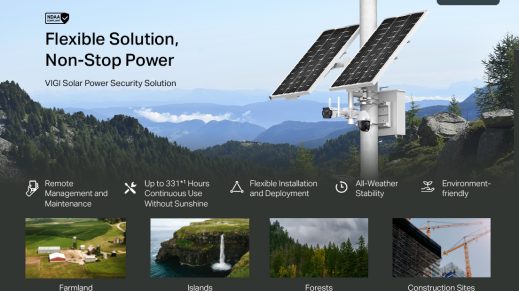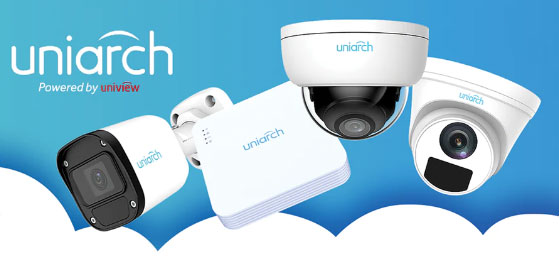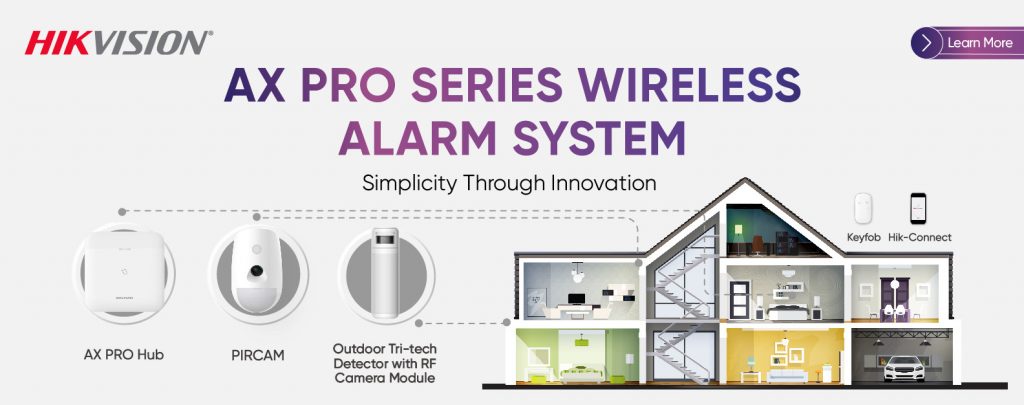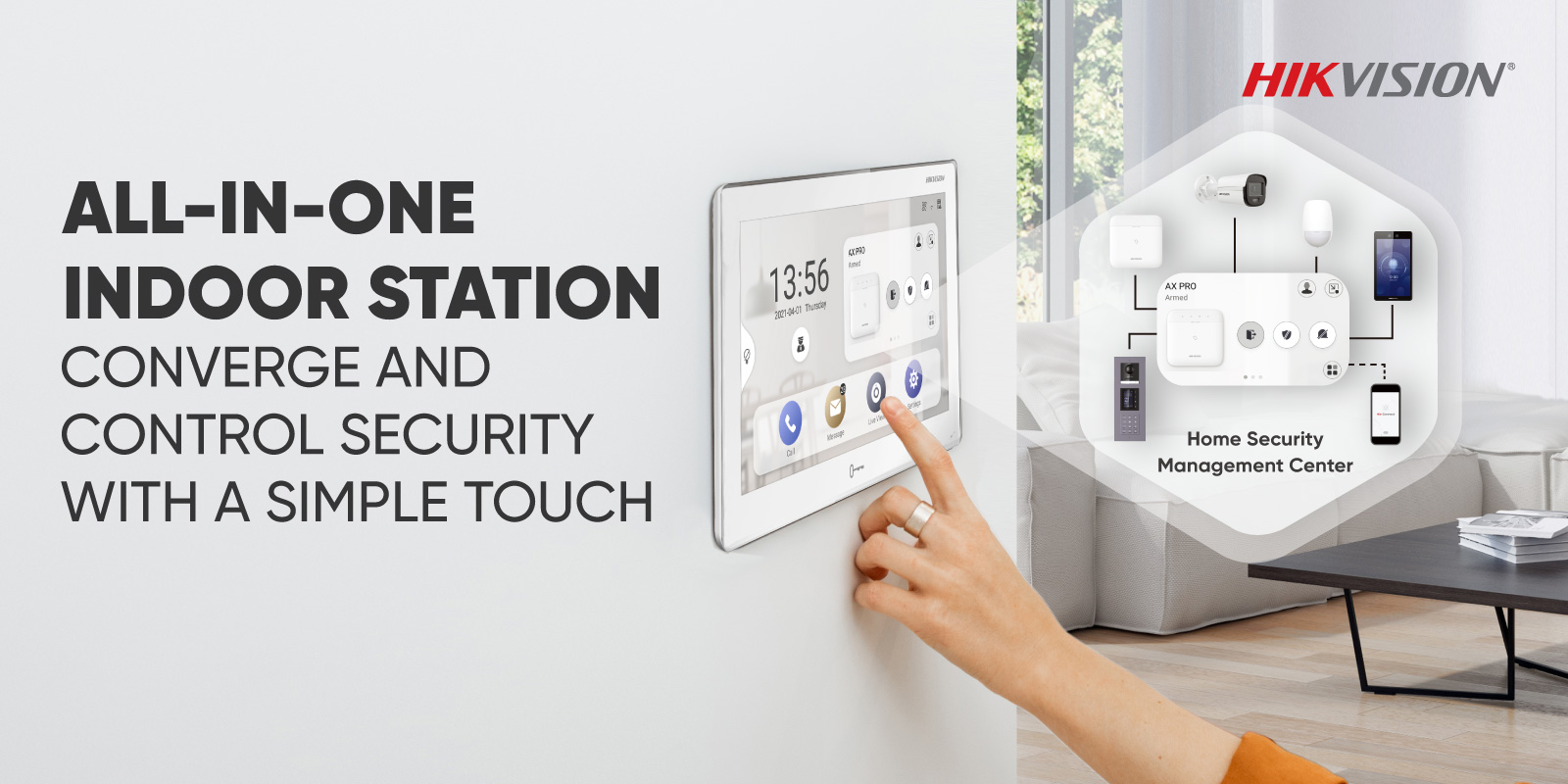No products in the cart.
What should I do if my Hikvision camera is showing “No Signal” or “Video Loss”? Leave a comment
- Check power supply: Ensure the camera is powered on and receiving adequate power.
- Verify video connections: Check that video cables (BNC or Ethernet) are properly connected to the DVR/NVR.
- Inspect the camera status in NVR: Ensure the camera is correctly added and recognized by the NVR.
- Restart the camera and NVR: Power cycle both devices to reset connections.
✅ Step-by-step Troubleshooting
1️⃣ Check the Power
-
Ensure the camera is actually powered on.
-
If powered by PoE (Power over Ethernet):
-
Check the PoE switch or the NVR’s PoE port.
-
Try plugging the camera into another PoE port.
-
Verify the total PoE power budget is not exceeded.
-
-
If powered by separate power adapter:
-
Check the adapter and the outlet.
-
Test with a different known-working power adapter.
-
-
2️⃣ Inspect the Cables and Connections
-
For IP cameras:
-
Check the Ethernet cable for damage or loose connections.
-
Swap the cable with a known good one.
-
-
For analogue cameras:
-
Check both the BNC video cable and the power cable.
-
Make sure the connectors are properly seated.
-
Test with a different coaxial cable and/or balun.
-
3️⃣ Test the Camera on Another Port or Recorder
-
Plug the camera into a different port on the NVR/DVR.
-
If possible, test the camera on another recorder to rule out a bad port.
4️⃣ Ping the Camera (IP Cameras)
-
If it’s an IP camera on the network:
-
Find the camera’s IP using SADP tool or NVR’s interface.
-
Open Command Prompt and run:
-
If there’s no response, the camera is not connected to the network properly.
-
5️⃣ Check Camera Settings
-
If the camera is added manually by IP, ensure:
-
The IP address matches the camera.
-
The password is correct.
-
The camera’s encoding (e.g., H.264) is compatible with the NVR.
-
-
If using plug-and-play, try deleting and re-adding the camera on the NVR.
6️⃣ Firmware Issues
-
Mismatched firmware can sometimes cause compatibility problems.
-
Make sure both the NVR and camera firmware are up-to-date.
-
7️⃣ Camera Hardware Fault
-
If after all of the above the camera still shows no signal, test another camera on the same port.
-
If another camera works, your original camera may be faulty.
-
If no camera works on that port, the port or the recorder may have failed.
Hikvision Camera Diagnostic Sheet
Camera Location/ID: ___________________________
Date: ___________________
Technician: ___________________________
Step 1: Power Check
✅ Is the camera powered on?
☐ Yes
☐ No
Power source:
-
☐ PoE (via NVR/Switch)
-
☐ 12V DC Adapter
If PoE:
-
Port LED indicator lights up?
☐ Yes
☐ No -
Try another PoE port:
☐ Works
☐ Doesn’t Work
If Adapter:
-
Voltage tested OK?
☐ Yes
☐ No -
Tried different adapter?
☐ Yes
☐ No
Step 2: Cabling Check
✅ Inspect cables and connections:
-
Cable securely plugged in at both ends?
☐ Yes
☐ No -
Visible cable damage?
☐ Yes
☐ No -
Tried a new cable?
☐ Yes
☐ No
Step 3: Recorder/Port Check
✅ Test on another port:
☐ Works
☐ Doesn’t Work
✅ Test another camera on this port:
☐ Works
☐ Doesn’t Work
✅ Test this camera on another recorder (if available):
☐ Works
☐ Doesn’t Work
Step 4: Network Check (IP Cameras)
✅ Camera detected by SADP tool?
☐ Yes
☐ No
✅ Camera responds to ping?
☐ Yes
☐ No
✅ Correct IP address and subnet?
☐ Yes
☐ No
✅ Password correct?
☐ Yes
☐ No
✅ Protocol and stream type compatible?
☐ Yes
☐ No
Step 5: Firmware/Settings
✅ NVR firmware up-to-date?
☐ Yes
☐ No
✅ Camera firmware up-to-date?
☐ Yes
☐ No
✅ Camera added properly on NVR?
☐ Yes
☐ No
Findings & Next Steps:
✅ Conclusion:
-
☐ Camera operational after troubleshooting
-
☐ Camera likely faulty — recommend replacement
-
☐ Recorder/port issue — further testing needed
-
☐ Other: ___________________________











